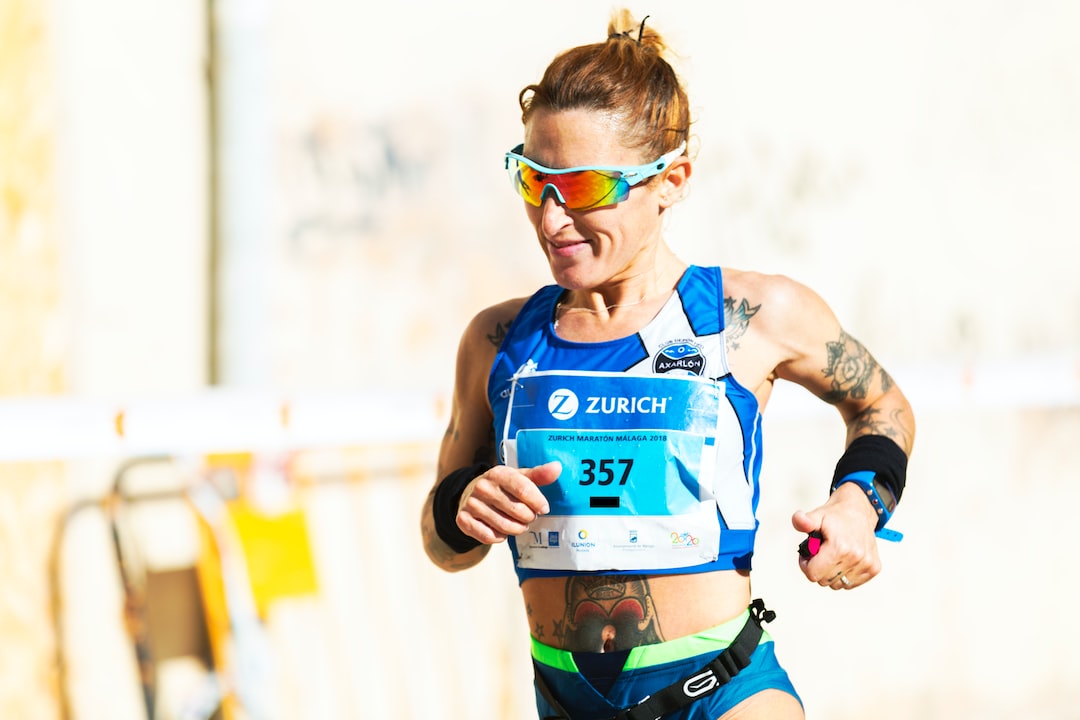The Art of Long Jump: Techniques for Maximum Distance
Long jump is a fascinating track and field event that requires a combination of speed, strength, and technique. Athletes strive to achieve maximum distance while leaping into the air, making it an exciting event for both participants and spectators. In this article, we will explore some of the key techniques used by long jumpers to achieve remarkable distances.
1. Approach Run: A proper approach run is crucial to set the stage for a great jump. Athletes typically take a long, controlled run-up to gain speed and momentum before takeoff. The number of steps taken can vary depending on an individual’s stride length. The key is to find a rhythm and maintain a consistent speed throughout the approach run.
2. Takeoff: The takeoff is the critical moment when an athlete plants their foot on the takeoff board. The aim is to generate maximum push-off power while maintaining balance and control. The foot should be placed slightly behind the body, allowing for a strong driving motion. The arms play a crucial role in the takeoff, swinging forward to propel the body into the air. It is vital to time the takeoff perfectly to maximize distance and avoid fouling.
3. Flight Phase: Once in the air, the jumper enters the flight phase where proper body position is essential. Long jumpers strive to achieve the optimal combination of height and horizontal distance. They should strive to extend their legs forward in a controlled manner while keeping the body parallel to the ground. The arms play a role in maintaining balance and aiding in stability during this phase.
4. Landing: The landing phase is where the jumper transitions from flight to ground safely. A long jumper aims to land with their feet first, followed by the rest of their body quickly. The key is to maintain balance, avoid stumbling or falling back, and make a smooth transition.
To maximize distance in the long jump, several critical training aspects should be considered:
1. Strength Training: Long jumpers must focus on building strength in the lower body, core, and upper body. Squats, lunges, plyometric exercises, and weightlifting can help increase explosive power, speed, and jumping ability.
2. Plyometrics: Jumping exercises such as box jumps, depth jumps, and bounding can improve the elastic energy in the muscles, enabling higher jumps and longer distances.
3. Technique Work: Regular practice and refinement of the approach run, takeoff, flight, and landing techniques are essential. Coaches should provide guidance on improving the jumper’s form, body position, and movement efficiency.
4. Flexibility and Mobility: Maintaining good flexibility and mobility enhances an athlete’s ability to generate power and prevent injuries. Stretching exercises, regular mobility work, and dynamic warm-ups should be incorporated into the training routine.
5. Mental Preparation: Long jumpers must develop mental strength, focus, and visualization skills. Practicing mental imagery of successful jumps can boost confidence and improve performance on the day of the event.
Throughout history, there have been legendary long jumpers who have pushed the boundaries of human capabilities. From Bob Beamon’s extraordinary leap of 8.90 meters in 1968 to Mike Powell’s remarkable world record of 8.95 meters in 1991, these athletes have left an indelible mark on the sport.
In summary, achieving maximum distance in the long jump requires a combination of technical skill, physical strength, and mental preparation. Athletes must master the approach run, takeoff, flight phase, and landing technique to optimize their performance. By incorporating proper training methods and focusing on key aspects such as strength, technique, and mental fortitude, long jumpers can strive to achieve incredible distances and leave a lasting legacy in the world of sports.

